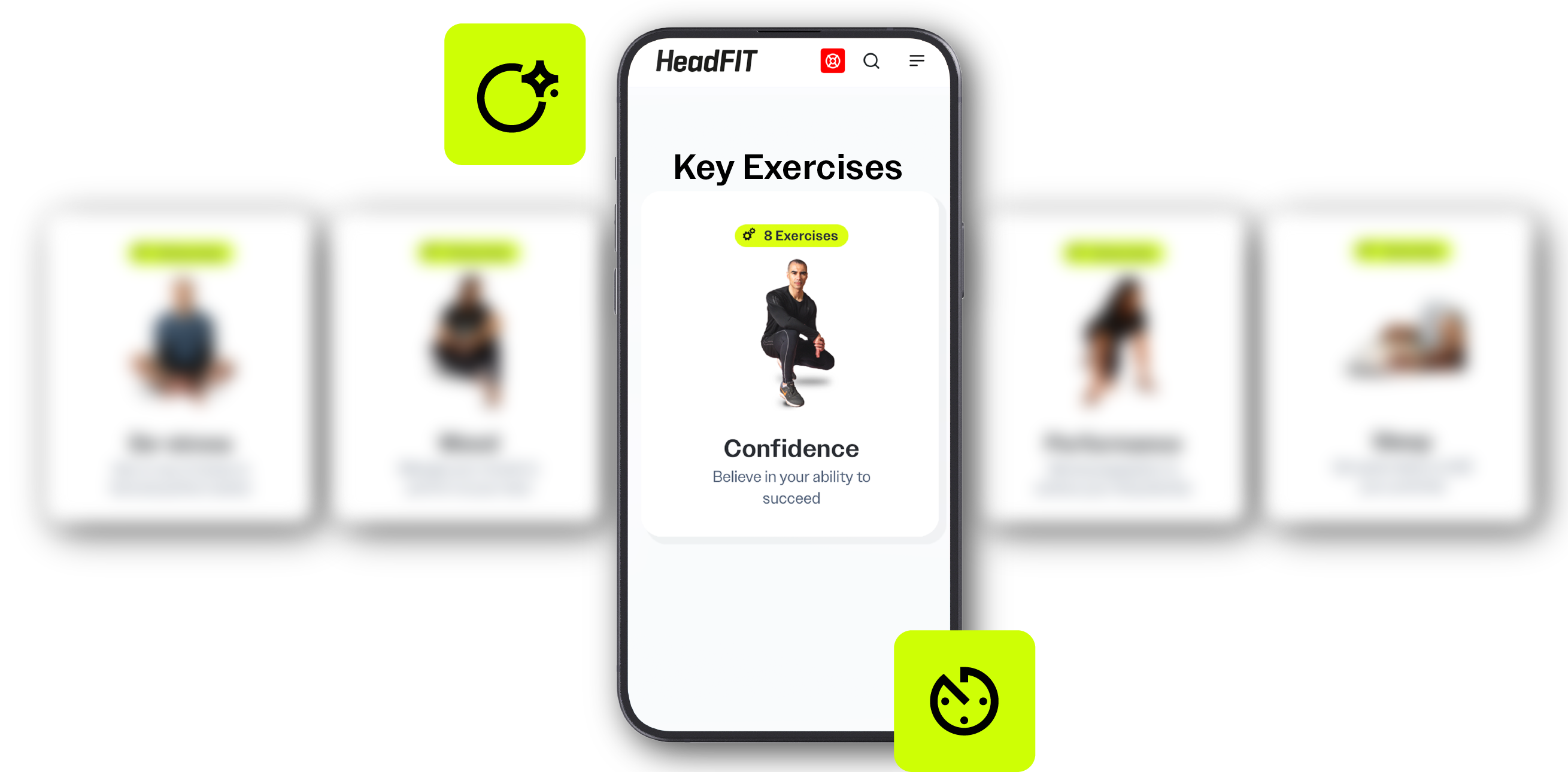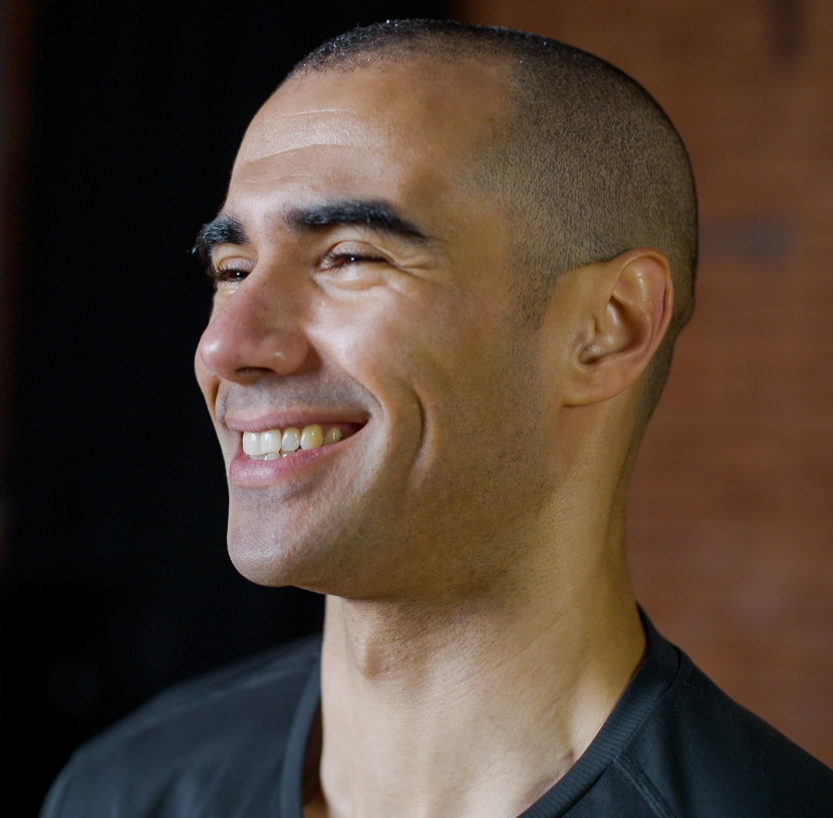About HeadFIT
Life in the British Armed Forces brings with it a unique set of challenges and stressors. Unchecked, anxieties and feelings can get out of control – affecting our ability to perform at our best. We’ve created HeadFIT to maintain your mental fitness and achieve peak performance.
Mental fitness exercises to use everyday
HeadFIT is made up of mental health exercises designed to be straightforward to learn, and easy to build into your daily schedule.

Mental fitness is as important as physical fitness
We all have habits and routines to stay physically fit. We need to be just as disciplined about staying mentally fit too. Familiarise yourself with the HeadFIT exercises, and develop a shortlist of the ones that really work for you. So when you’re challenged, you’re equipped to build up your resilience and get back to peak performance.
The science of HeadFIT
HeadFIT exercises are designed to be super relatable, but there’s a lot of science behind them. Each one is built using the principles of Cognitive Behavioural Therapy (CBT). In any given situation, they provide you with a way of understanding your feelings, regulating your emotions and acting in a way that brings our your very best.


Extra support
HeadFIT is designed to keep serving personnel and the wider defence community mentally fit. It is not the same as clinical help. If you think you require more urgent support, there a range of resources that can help.
Chief of the Defence Staff Admiral Sir Tony Radakin, says:
“As a nation, we ask members of the Armed Forces to put their lives on the line to keep our country and communities safe. And in support of this, across the Department, colleagues undertake difficult jobs in often pressured circumstances. It is important to us to support you as you navigate the pressures of work and home, the stresses of our professional and private lives, to have the best mental health you can.
HeadFIT was specifically designed for the Defence community to help our people develop a proactive approach to mental fitness through a series of videos, tools and other activities with the aim of establishing healthy habits to help you to unlock your potential and achieve your personal goals, while making an even stronger contribution to Defence. We ask you to ensure you take advantage of this tailored resource.”

Need more help
Other mental fitness programmes






